Fresh Orthodontics specializes in everything from the simple stuff to even the most complex orthodontic cases for patients of all ages. Did you accidentally throw your retainer away at that burrito joint years ago and then “forget” to get a new one? We can take care of the resulting movement of your teeth. Is your child’s jaw growing improperly? We can take care of that too. While we see a range of issues, these are some of the most common orthodontic cases:
Common Orthodontic Cases

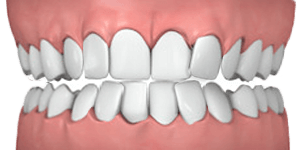
Crowding:
Crowding is one of the most common orthodontic cases we see. It’s kind of like riding the subway during tourist season (what’s in those giant backpacks?!). Crowding occurs if there isn’t enough space for the teeth to fit correctly within the jaw. There may be a lack of balance in the teeth-to-jaw size relationship and sometimes “baby” teeth fall out early and adult teeth come in improperly.
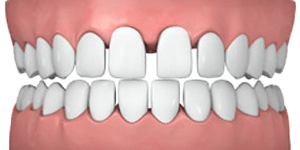
Spacing:
The opposite of crowding, spacing can be due to teeth that are too narrow for the jaw, genetics, missing teeth or habits like prolonged thumb sucking. Gaps form between teeth, which might make you cringe when you smile in the mirror, but they can also be related to future bone loss and gum disease.
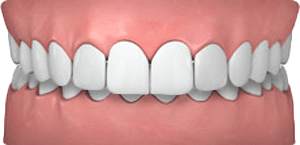
Overjet:
You’ve probably heard of an overbite, which is the more common name for overjet. In this case, the front teeth stick out farther than the bottom teeth. It can make you self-conscious about your smile, lead to early wear of the teeth, and, unfortunately, make your front teeth susceptible to injury. Yikes.
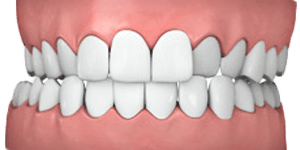
Crossbite:
In an ideal situation, we should see all of the upper teeth overlapping outside of the lower teeth. Sometimes, there are front crossbites and back crossbites. In a front crossbite, one or more top teeth are positioned behind the lower teeth. In a back crossbite, the upper teeth in the back are positioned behind the lower teeth. To compensate, people sometimes start to move their jaw to one side. If untreated, a crossbite can cause permanent, unwanted changes in the face and affect jaw growth.
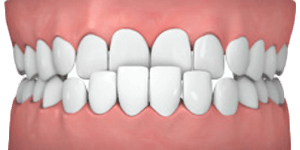
Underbite:
If the lower jaw grows fast and the upper jaw is stubborn and doesn’t follow suit, an underbite can occur. When the lower jaw protrudes past the upper jaw, early treatment can be extremely beneficial. Treatment as early as seven- to eight-years-old can alter the growth of the jaws and significantly reduce the potential for surgical jaw correction in later years.
